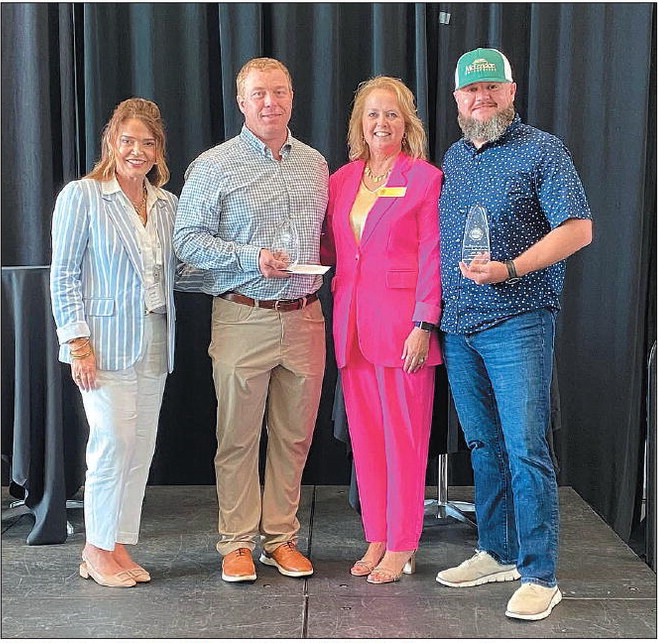History of the Vidalia Onion
mrandolphadvance@gmail.com
The Vidalia Onion has been the area’s staple crop since its first discovery in 1931. As production has grown throughout the years, the reputation of the sweet onions has spread across the nation, making the onion a favored vegetable throughout America. The Vidalia Onion was first discovered when Moses Coleman harvested what he expected to be hot onions, and tasted the crop to discover they were sweet instead. Though sweet and not hot, Coleman still worked to market his wares, eventually selling them for $3.50 per 50-pound bag – a price many farmers marveled at because of the lack of fair prices in produce sales at the time.
These other farmers began producing these sweet onions. So, in the 1940s, when the state created a farmers market in Vidalia to serve the tourists traveling along the highways, the crop became a hit with consumers. The “Vidalia onions” – as the public named them – became known throughout the area, leading to orders to be placed for the vegetable, and the onions were made available at Piggly Wiggly and A & P Grocery Stores.
Production of Vidalia Onions continued to increase, totaling 600 acres of the crop by the mid-1970s. Farmers began to make a push for the onions to be distributed nationwide, and the crop was promoted throughout the country.
In the 1970s, the Vidalia and Glennville Onion Festivals also began as annual events, as the production of the onions continued to skyrocket.
In 1986, the state legislature passed a law giving the Vidalia Onion legal status, and designating the 20 counties – 13 primary counties and portions of 7 additional counties – where the onions must be grown to be considered a Vidalia Onion. Those counties are Toombs, Tattnall, Treutlen, Bacon, Bulloch, Candler, Evans, Appling, Wheeler, Telfair, Montgomery, and Emanuel Counties, and portions of Laurens, Screven, Jenkins, Wayne, Dodge, Long, and Pierce Counties.
Federal Marketing Order No. 955 was established for the Vidalia Onion in 1989; this order allowed the crop’s producers to come together to fund research and promotional programs for the onions. The United States Department of Agriculture (USDA) also established the Vidalia Onion Committee as a part of this order.
The onions were named the official Georgia State Vegetable in 1990. Also, at this time, technology from the apple industry was adapted to create a way of storing onions within a controlled atmosphere. This controlled atmosphere storage is still utilized today, and allows 20 million pounds of onions to be stored for up to 6 months, helping to further stretch the vegetable’s season.
Today, over 10,000 acres of onions are planted each year, producing around 200 million pounds of the crop. The Vidalia Onion is wellknown by American consumers, and the product is shipped to all 48 lower states.





